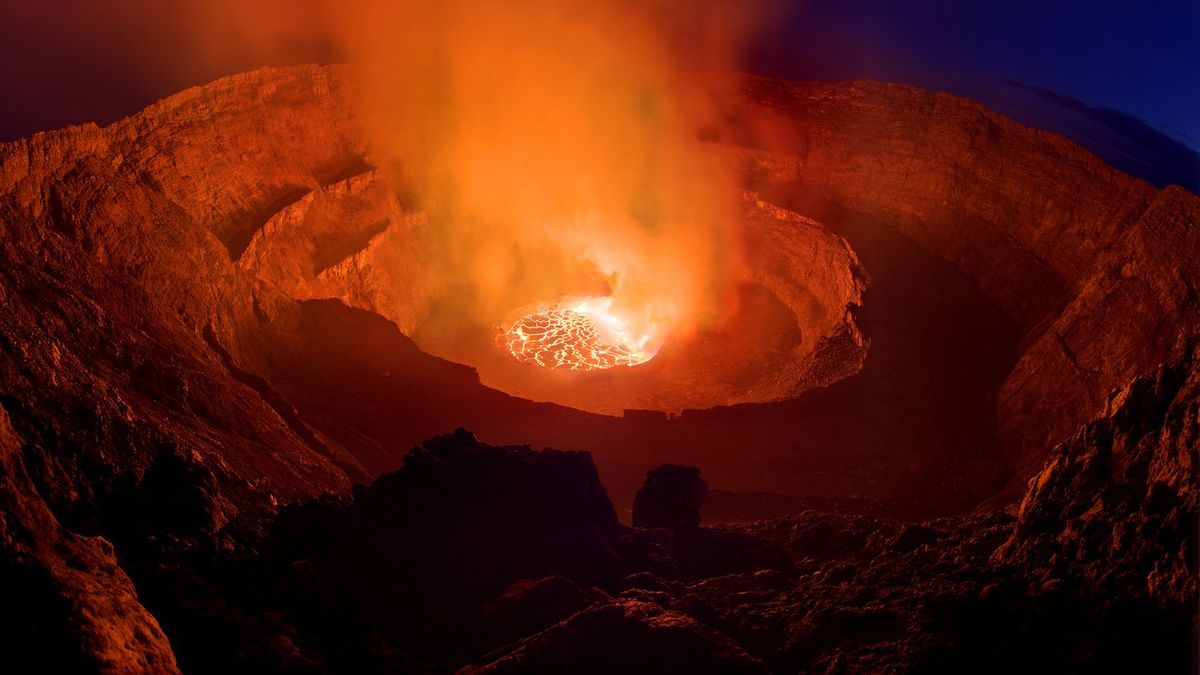The Red Planet displays extreme temperatures that amount to dust storms.
Mars has always been an object of study. One of the most interesting aspects is its climate, which is very different from Earth’s, characterized by extreme temperatures and dust storms.
First of all, it should be noted that the atmosphere of the Red Planet is completely different. It consists of carbon dioxide (95.3%), with traces of nitrogen (2.7%) and argon (1.6%), along with other gases in trace amounts. Meanwhile, the Earth’s atmosphere is dominated by nitrogen and oxygen, which are the reasons for the climatic difference between the two planets.
The coincidence between both planets is the large presence of carbon dioxide which allows for the greenhouse effect. This helps maintain a higher average temperature than it would without heat retention. However, it is much weaker than it is on Earth.
The low atmospheric pressure on Mars is another point to consider. It contains approximately 1% of Earth’s pressure, which directly affects heat retention and temperature regulation on the surface of the Red Planet.
How are the temperatures on Mars?
Mars experiences great temperature variations: during the day it can reach around 20°C at the equator in the Martian summer. However, at night there are very cold levels of -120 ° C, and even lower.
On the other hand, there are large seasonal temperature differences due to its elliptical orbit around the sun. In the Northern Hemisphere, summers are relatively warm and winters are colder. In the Southern Hemisphere, conditions are reversed.
Everything described causes a cold, dry climate on Mars, with extreme temperatures that vary with the seasons and location. The thin, carbon dioxide-rich atmosphere plays an important role in regulating the Martian climate, and occasional dust storms add a dynamic dimension to the weather on the Red Planet.


:quality(85)/cloudfront-us-east-1.images.arcpublishing.com/infobae/TEQF6EONZRFGLLLDIDD4L2O4EE.jpg)

:quality(85)/cloudfront-us-east-1.images.arcpublishing.com/infobae/X3EWN3XYUNC6XMAZXFRBJ7U3SE.jpeg)